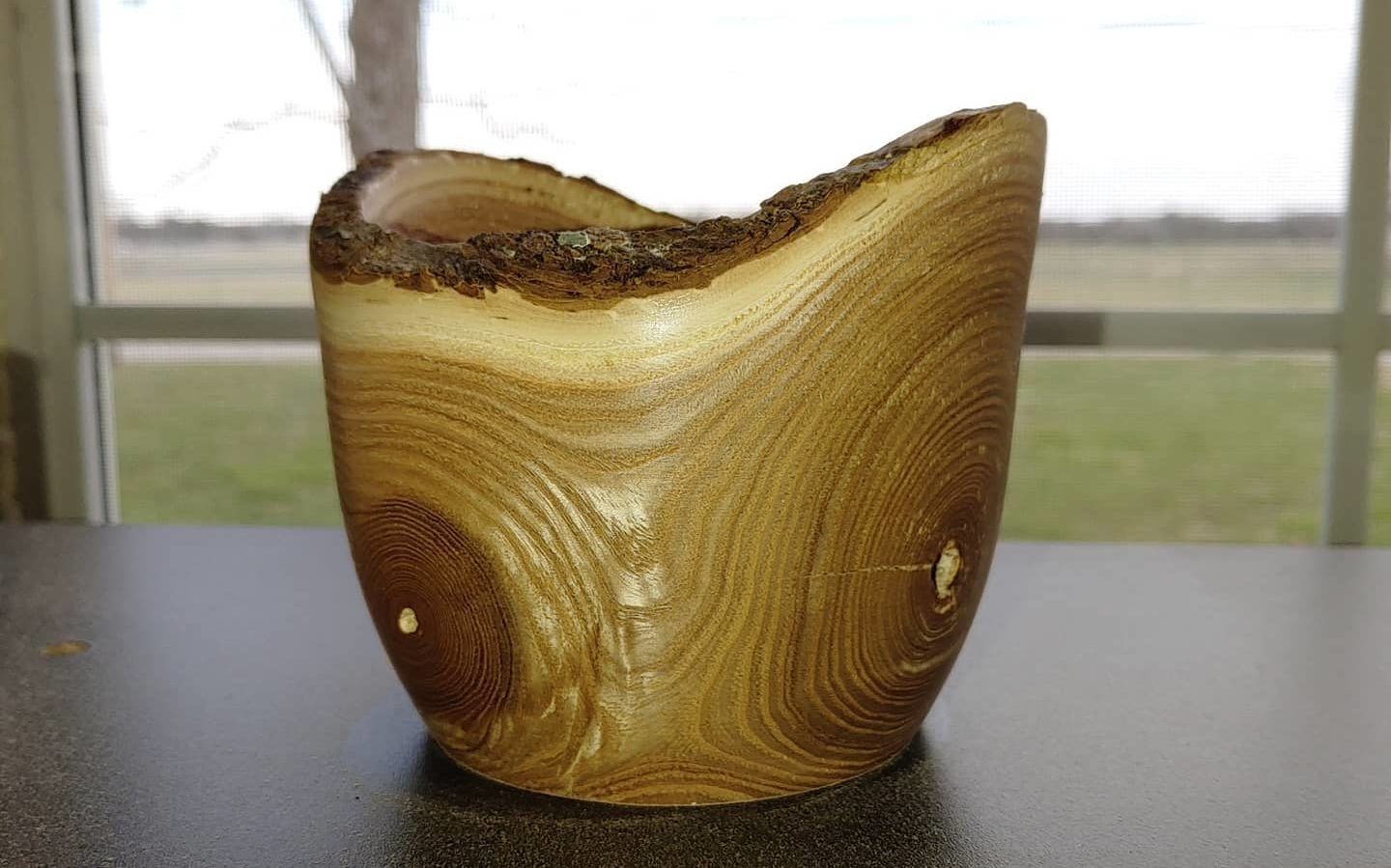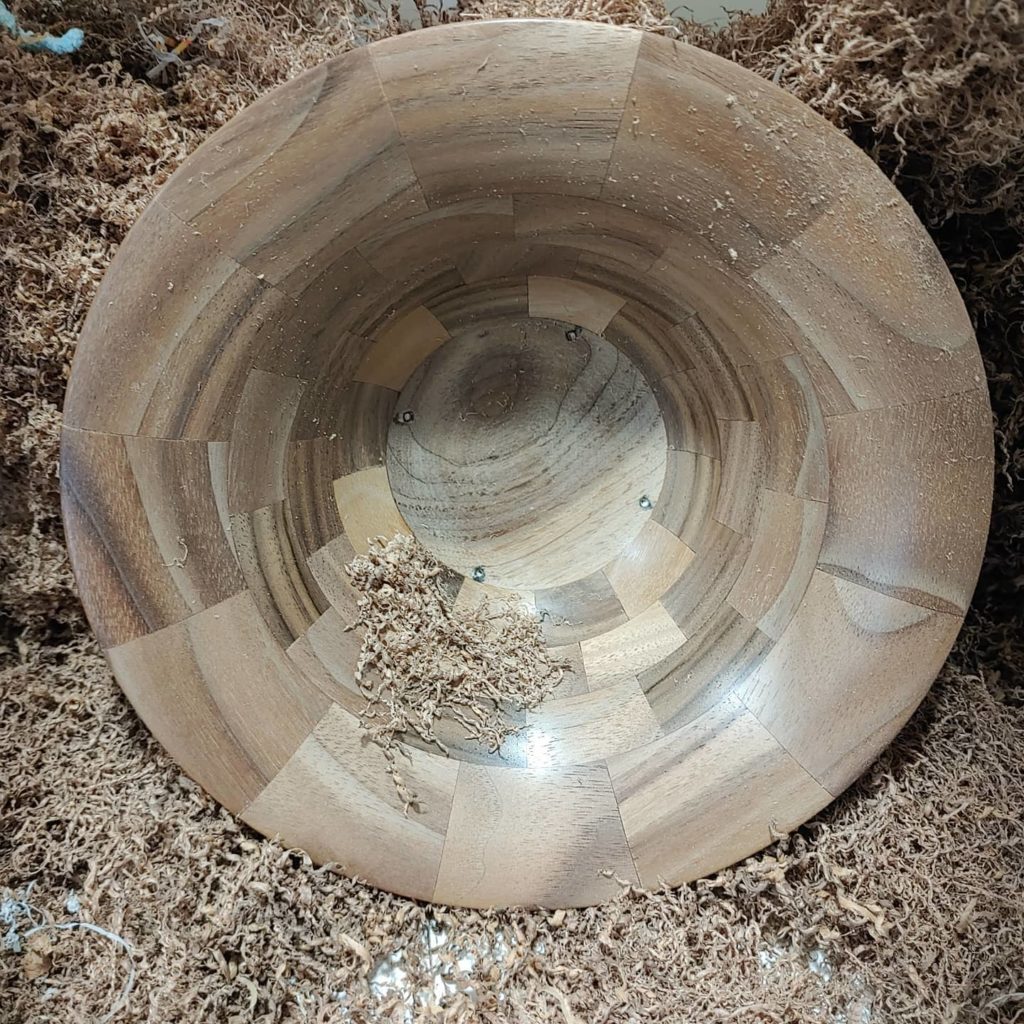Definitions
Like any artistic specialty, woodworking has a series of terms that uniquely describe different aspects of the profession. Gaining a better understanding of the terminology can help you know how to communicate the specifics of your perfect gift.
Acrylic resin – A material that combines a liquid epoxy with a hardener to create a pourable substance that sets into a fully hardened block. This block can be dyed any number and combination of colors to create colorful blocks that can be used in decorative pens, bowls, and other woodcrafts.
Board butter – A food-grade mineral oil combined with beeswax that is used to protect wooden cutting boards and wooden utensils. Treating wood with board butter helps to prevent the growth of bacteria and keeps your wood protected.
CA finish – CA, or cyanocrylate, is the chemical name for super glue. Adding thin layers of super glue as a finish for woods or acrylics help to protect the wood and create a high-gloss shine when polished.
Chatoyance – A reflection of light that comes from certain woods; also known as the “cat’s eye effect”, chatoyance appears as a 3-dimensional effect that changes with the angle of the wood.
End grain – Wood that is cut at a 90-degree angle to the grain, exposing the view of the wood rings and graining patterns.
Face grain – The wide, flat, broad side of wood that is most visible from a long board. See more about the differences between end grain, edge grain, and face grain in this tutorial.
Friction polish – An oil and shellac mixture that creates a high-gloss finish on smaller decorative items. Friction polish can take several coats to get a full finish and isn’t ideal for larger items like tables. It feels more natural than CA finish, but generally doesn’t last as long.
Inlay – A decorative element created by cutting out part of the wood and replacing it with a different wood of the same size and shape but a contrasting color.
Lathe – An industrial tool used to rotate wood or other materials at a high rate of speed; frequently used to shape wood with specialized tools. See also woodturning.

Live edge bowl – A bowl created with the natural bark of the wood left as the top rim of the bowl.
Sanding sealer – A lacquer base coat used to seal in the pores of wood and dries quickly and makes sanding easier.
Scallop – A decorative element in the shape of an arced shell; similar to an inlay, but in a specific curved pattern.

Segmented bowl – A bowl created by cutting numerous small wooden segments and combining them to form rings that shape the bowl.
Tung oil – A drying oil made from the seeds of the tung tree; used as a wood coating to create the appearance of a “wet” look even after it is fully dry.
Woodturning – The craft of using a lathe and hand-held tools to create a variety of wooden objects, including pens, bowls, handles, tabletop decorations, and more.